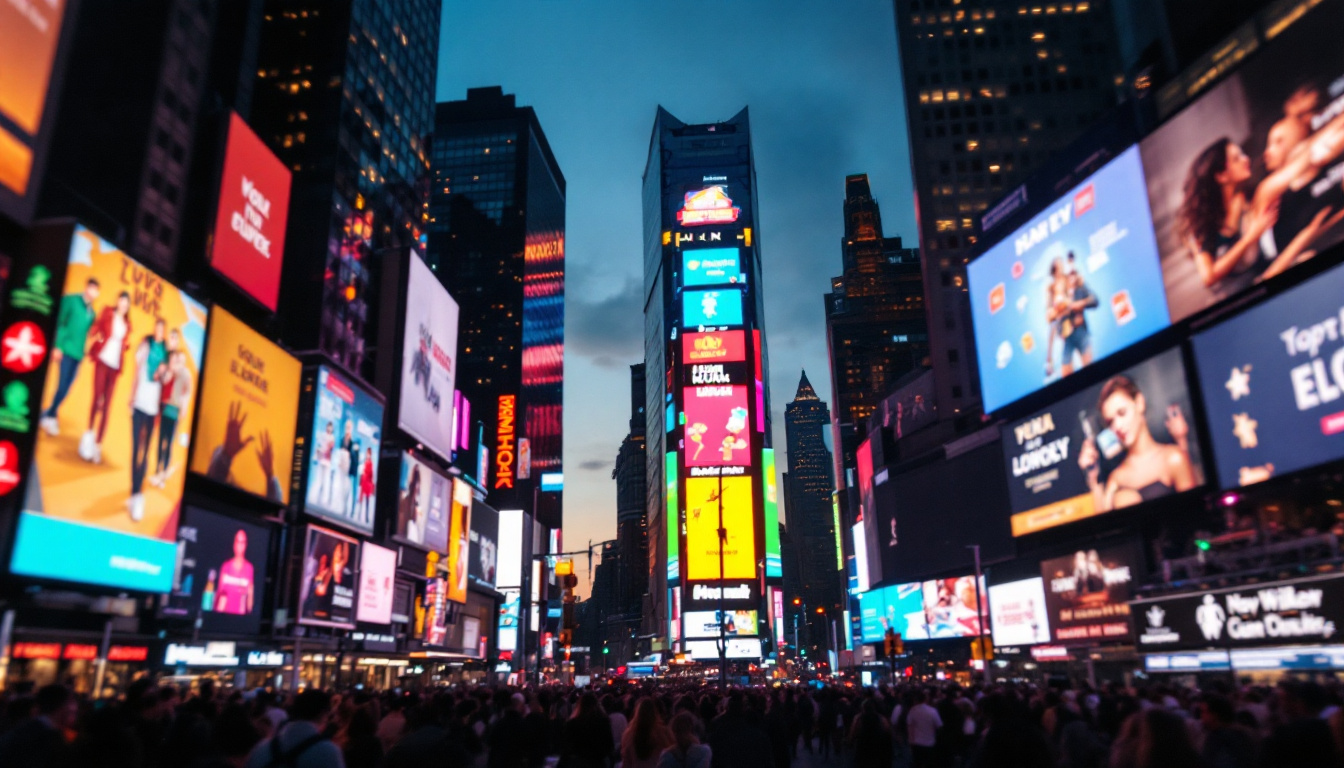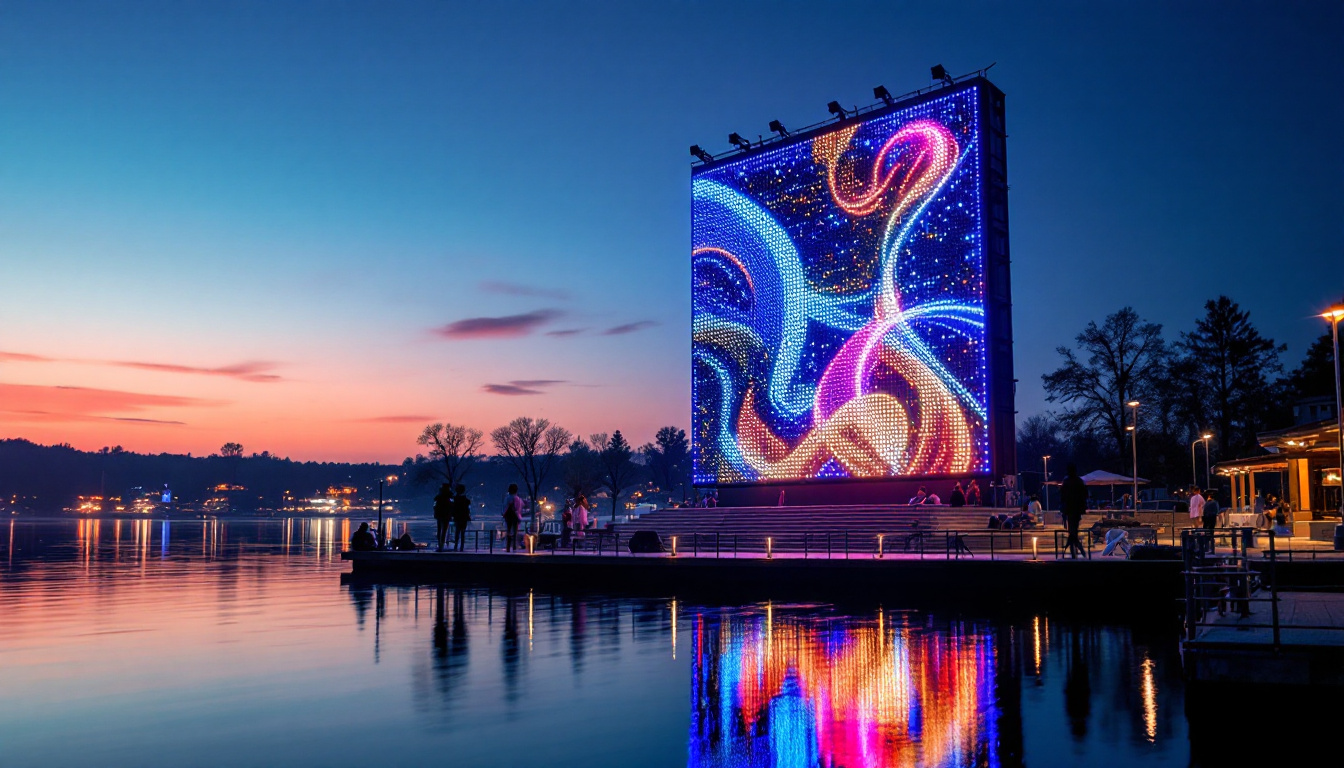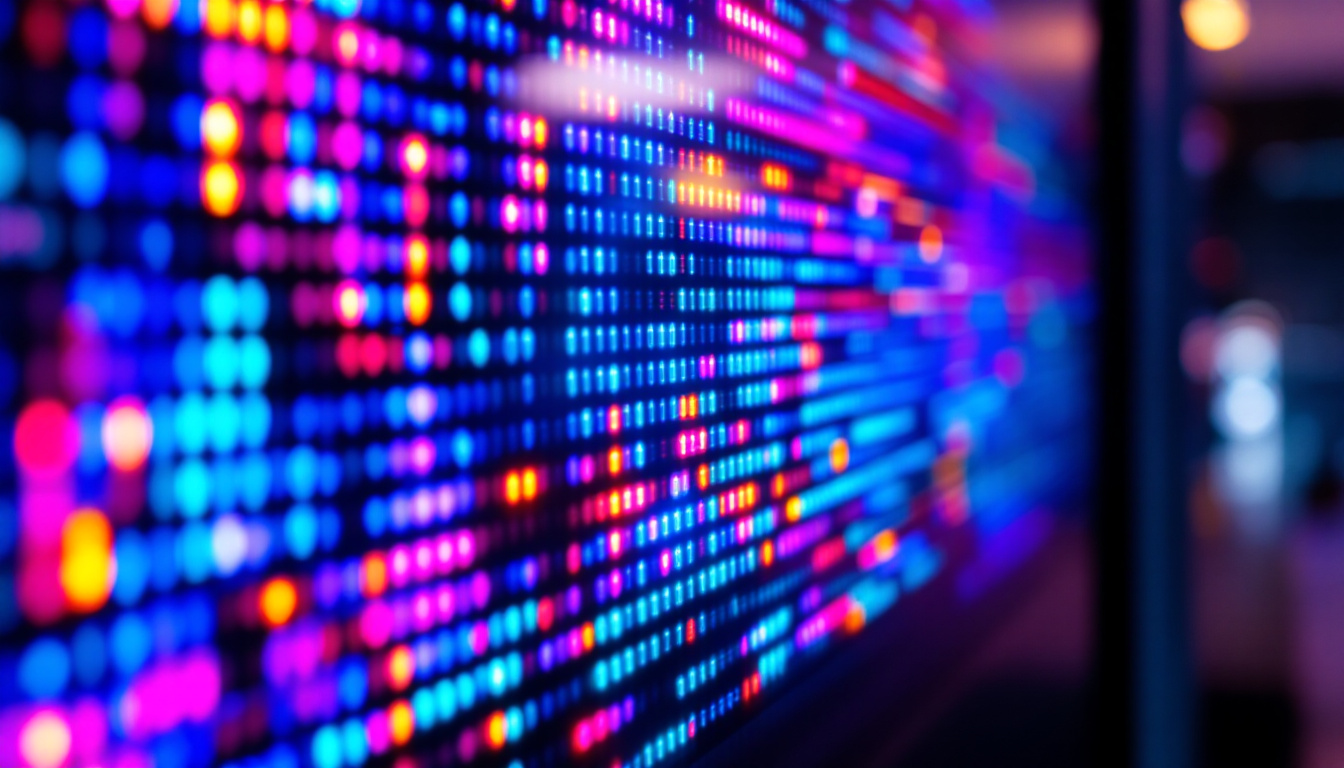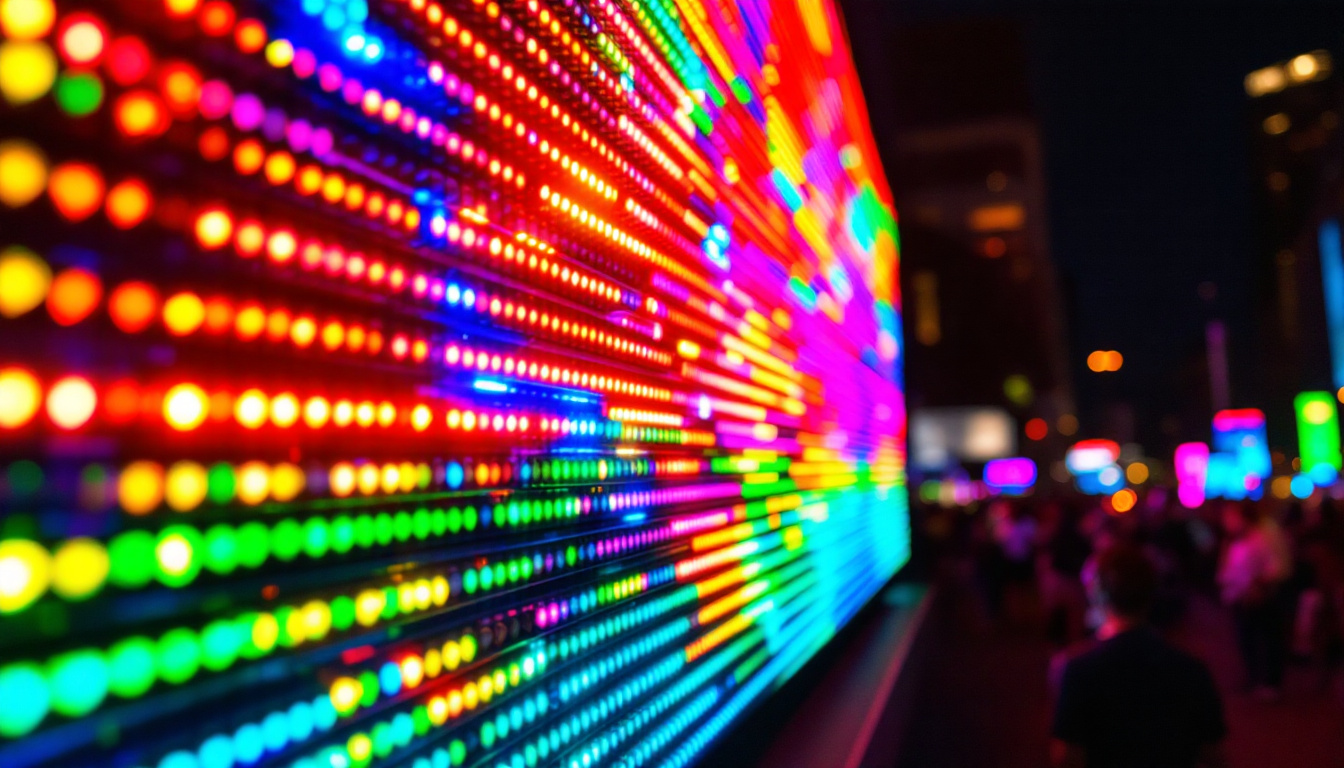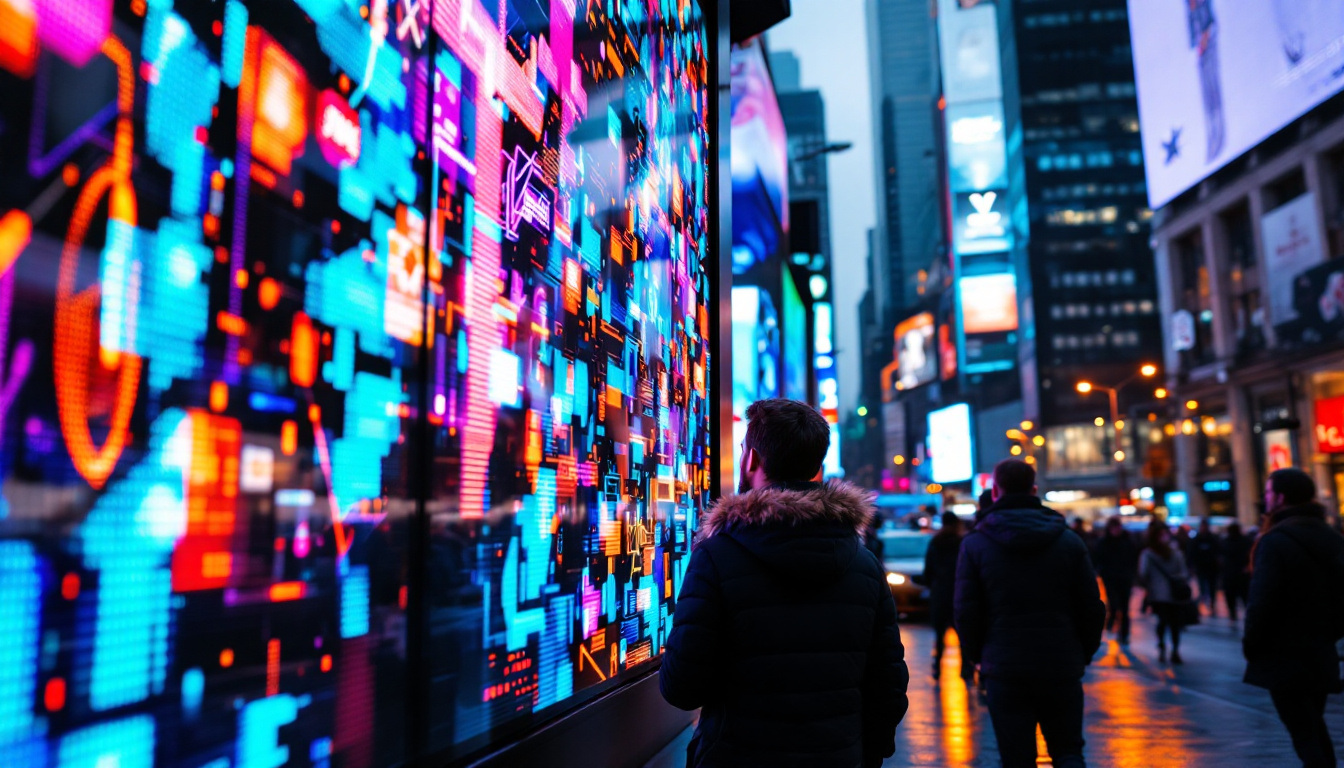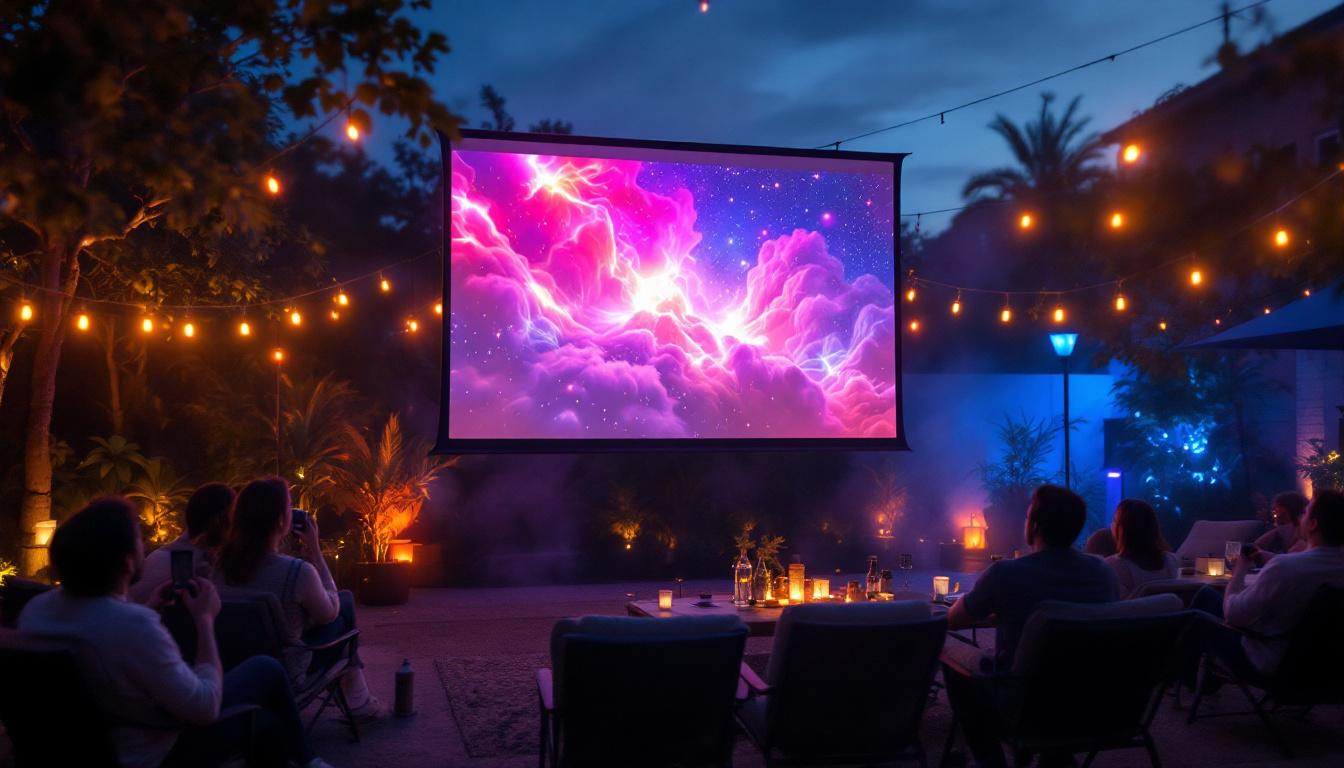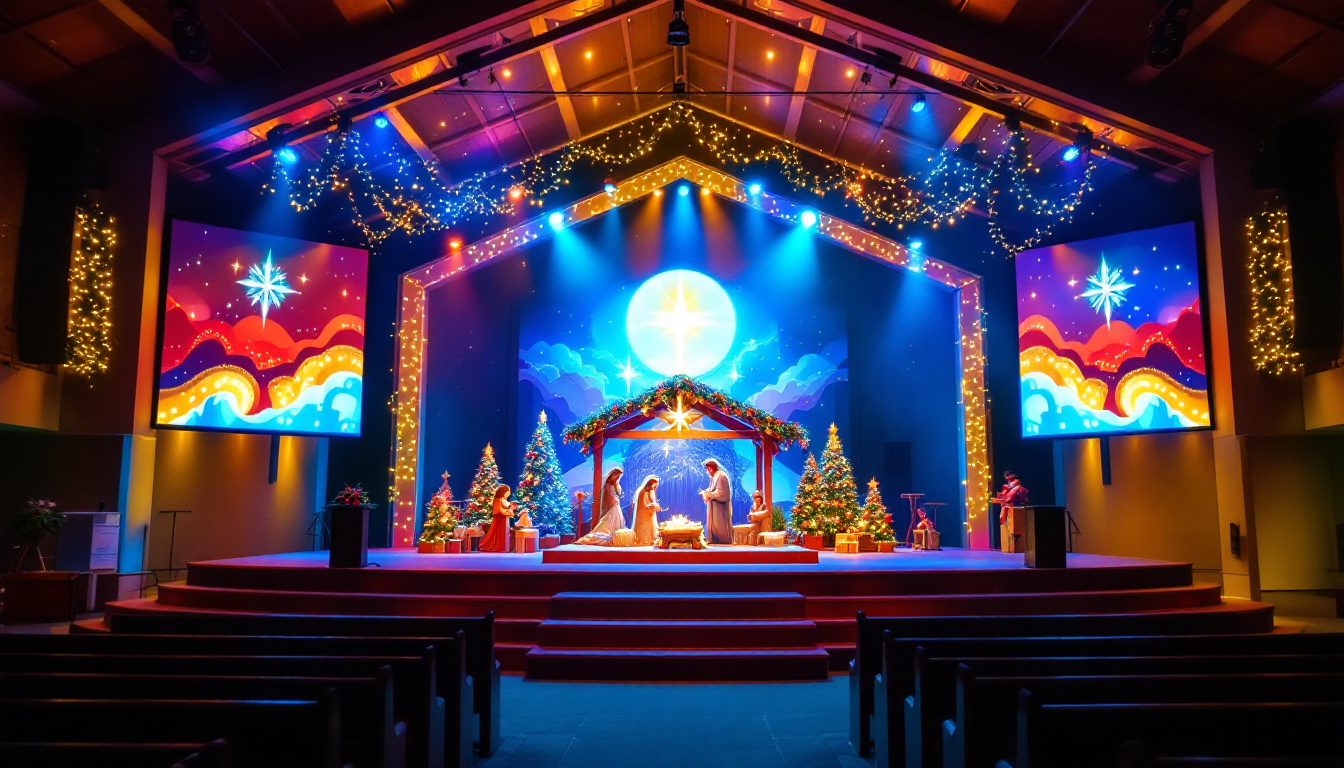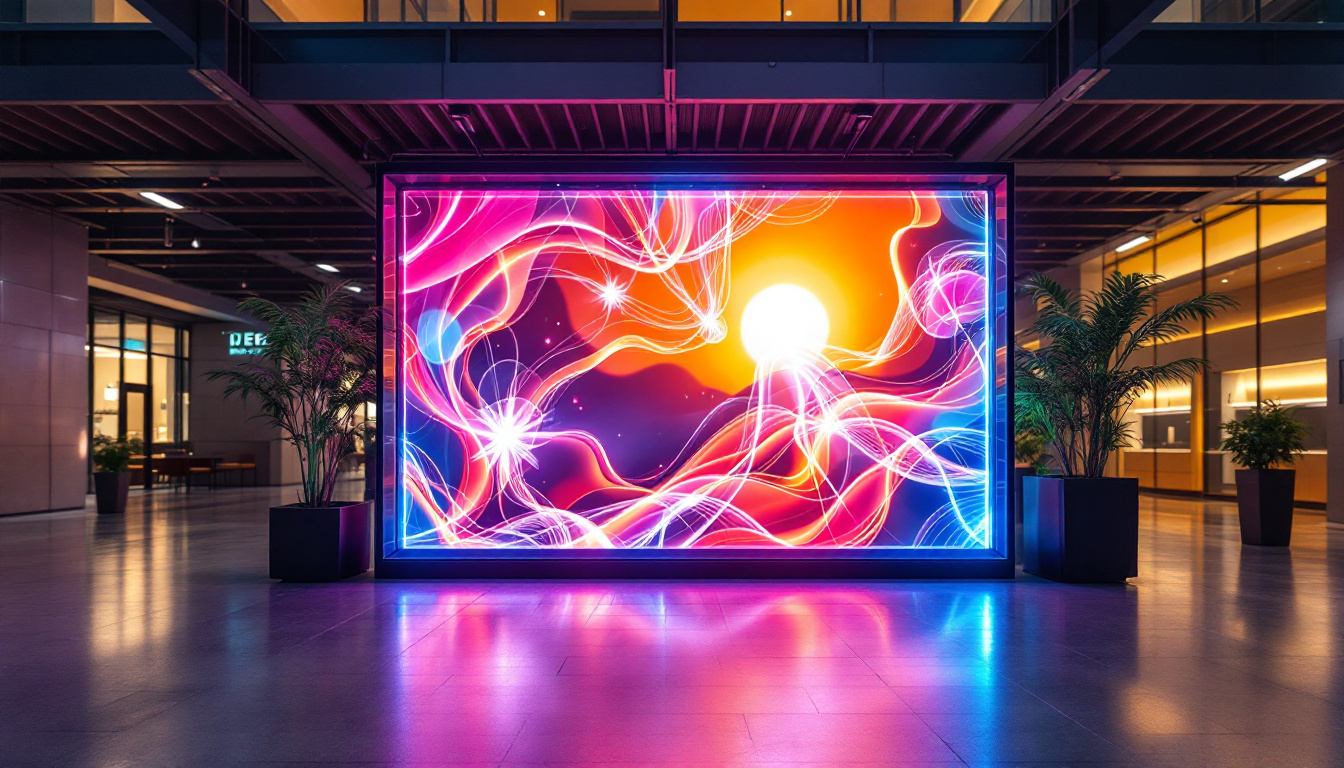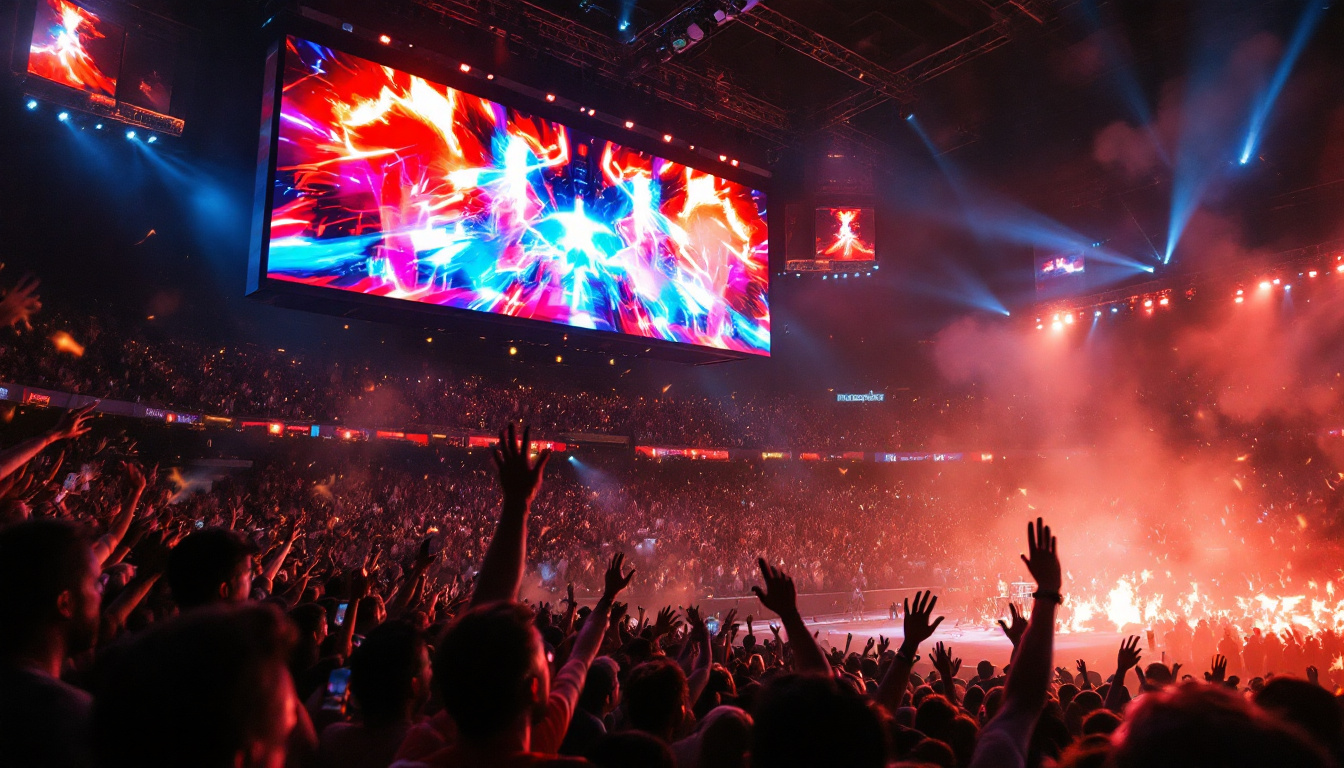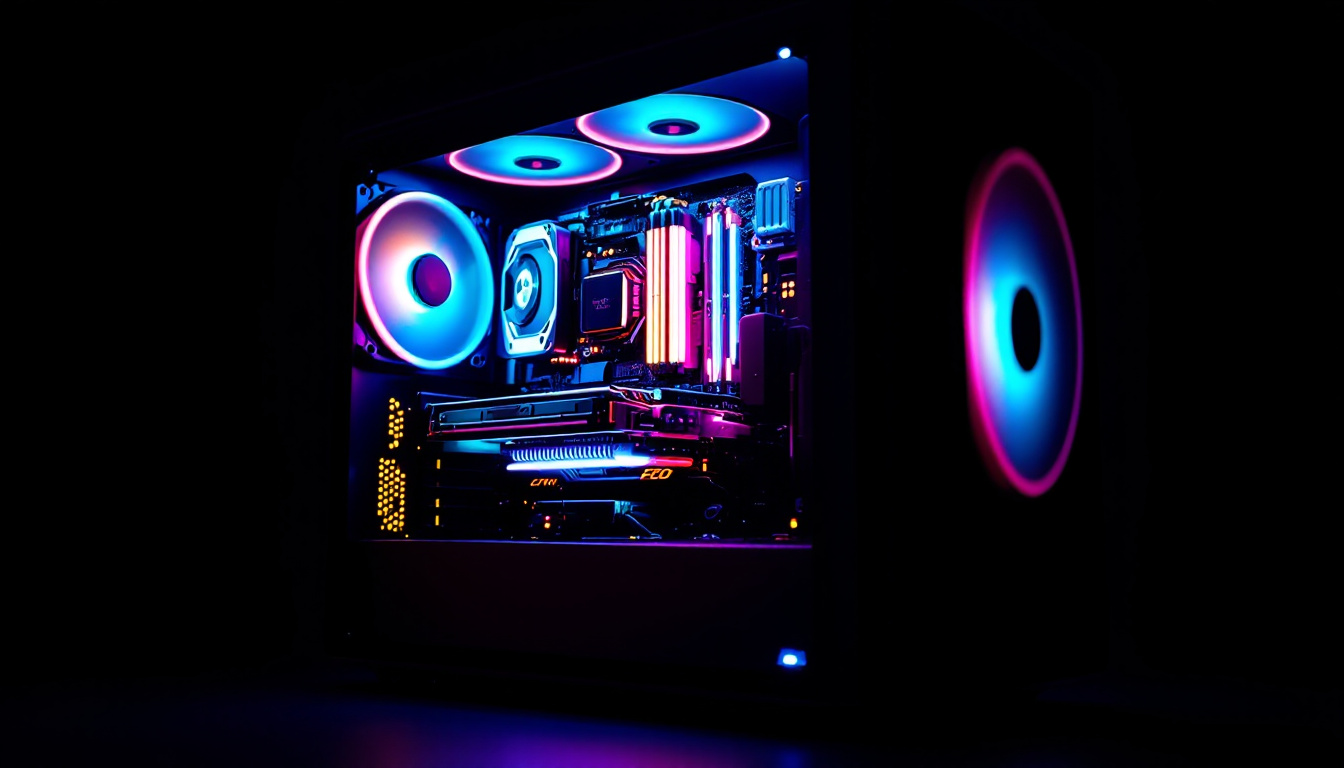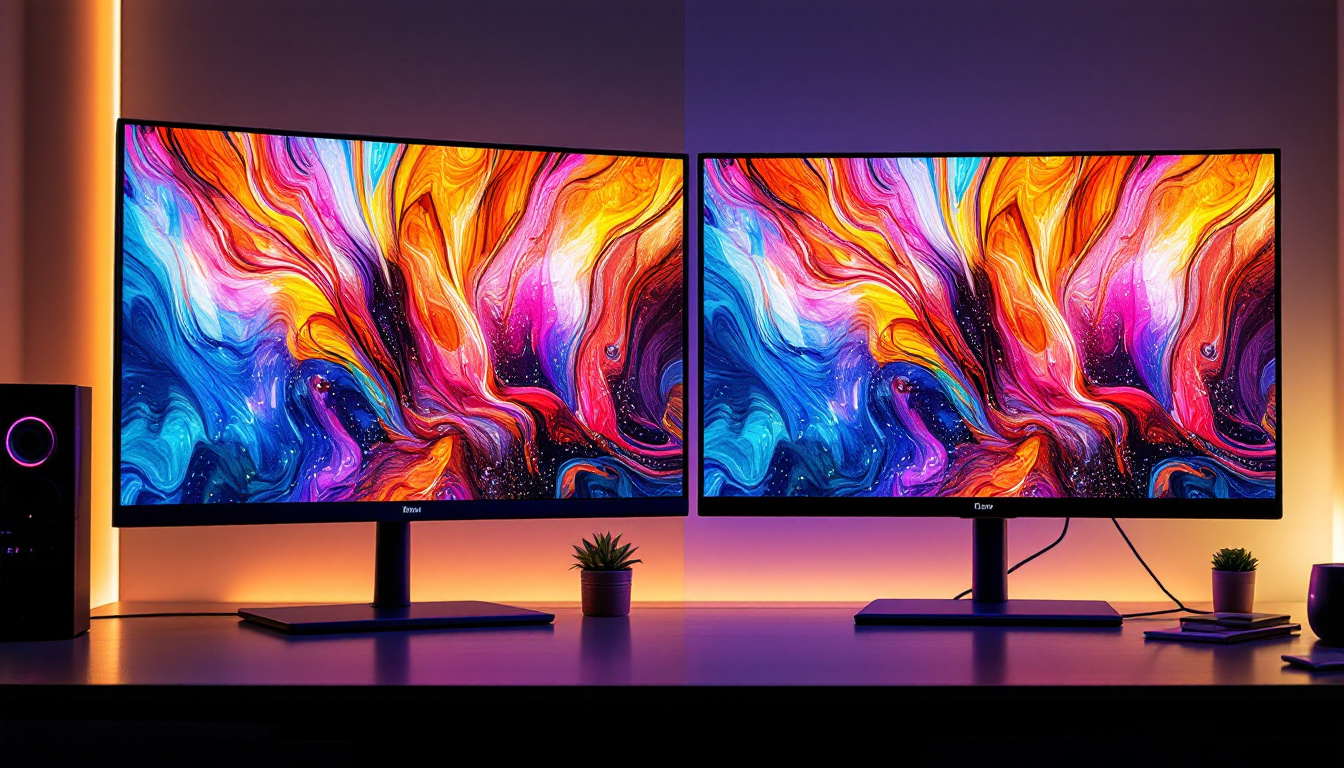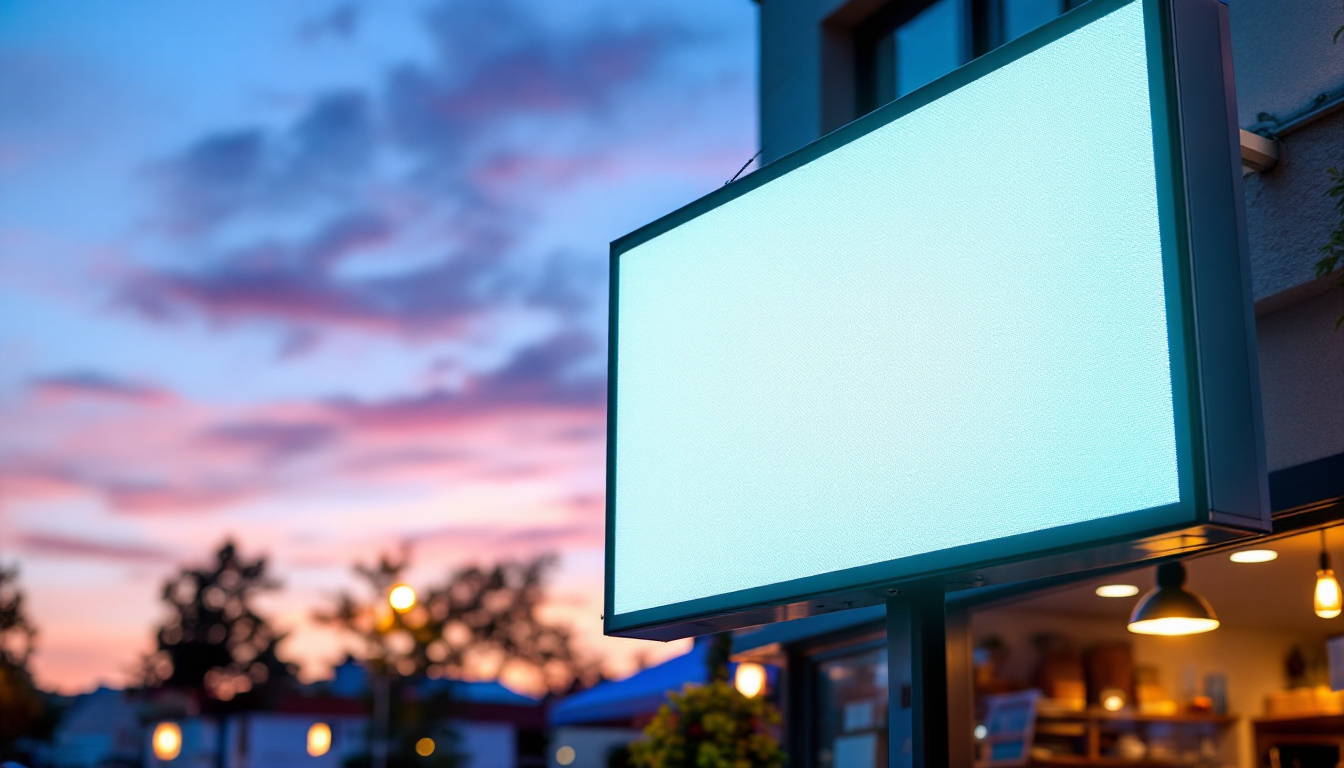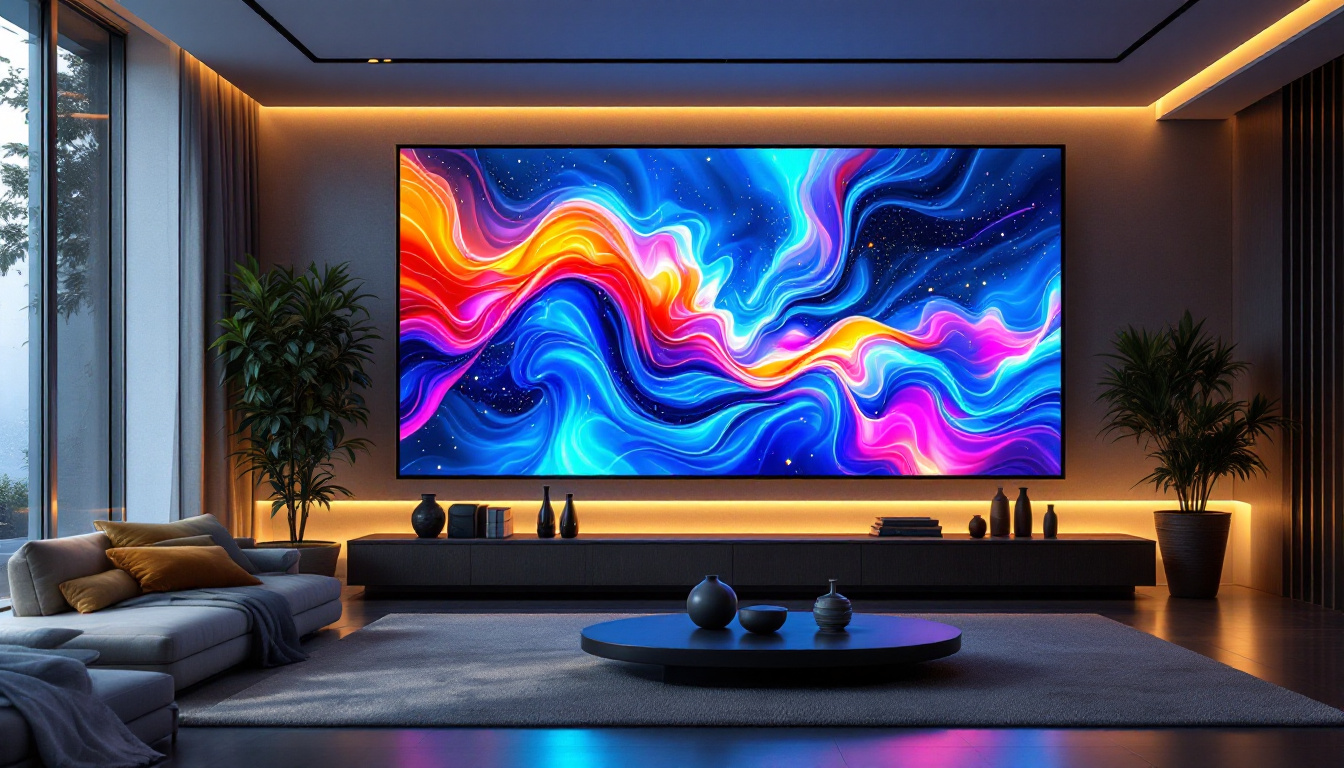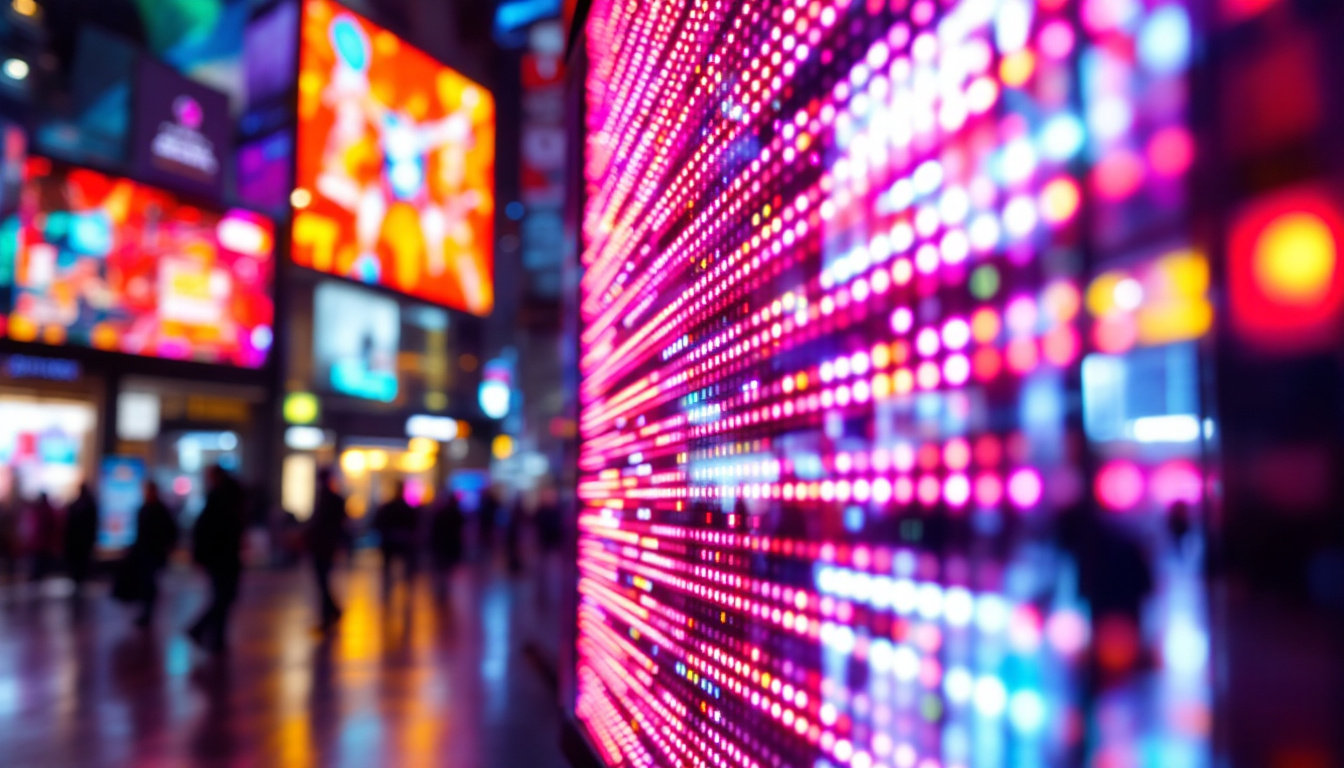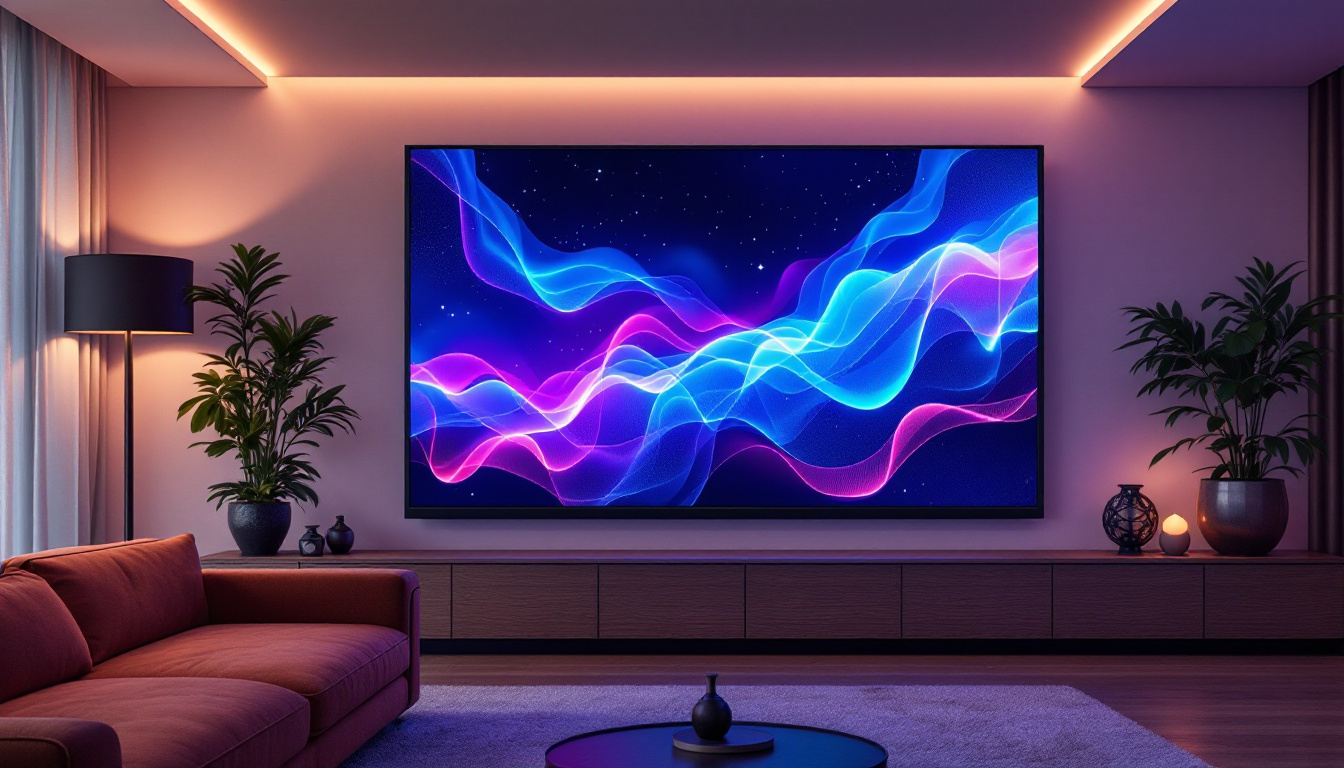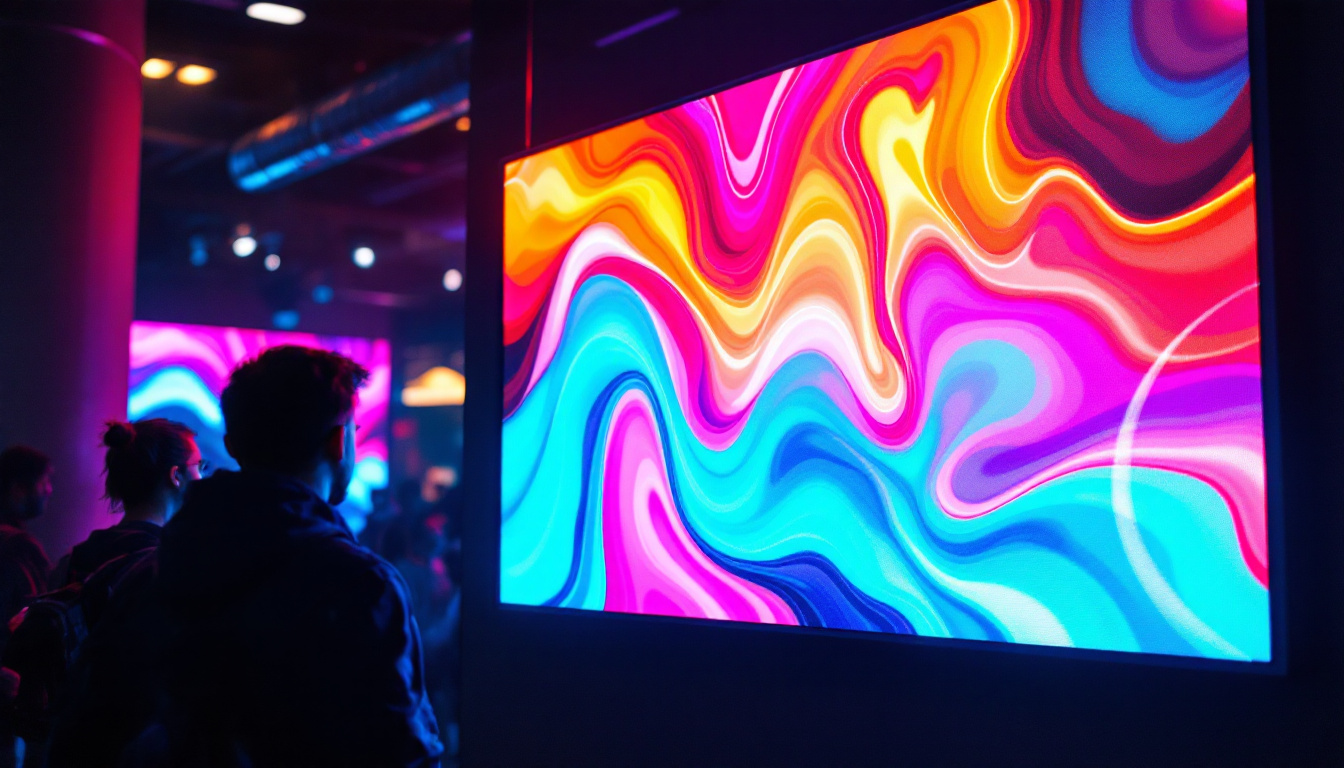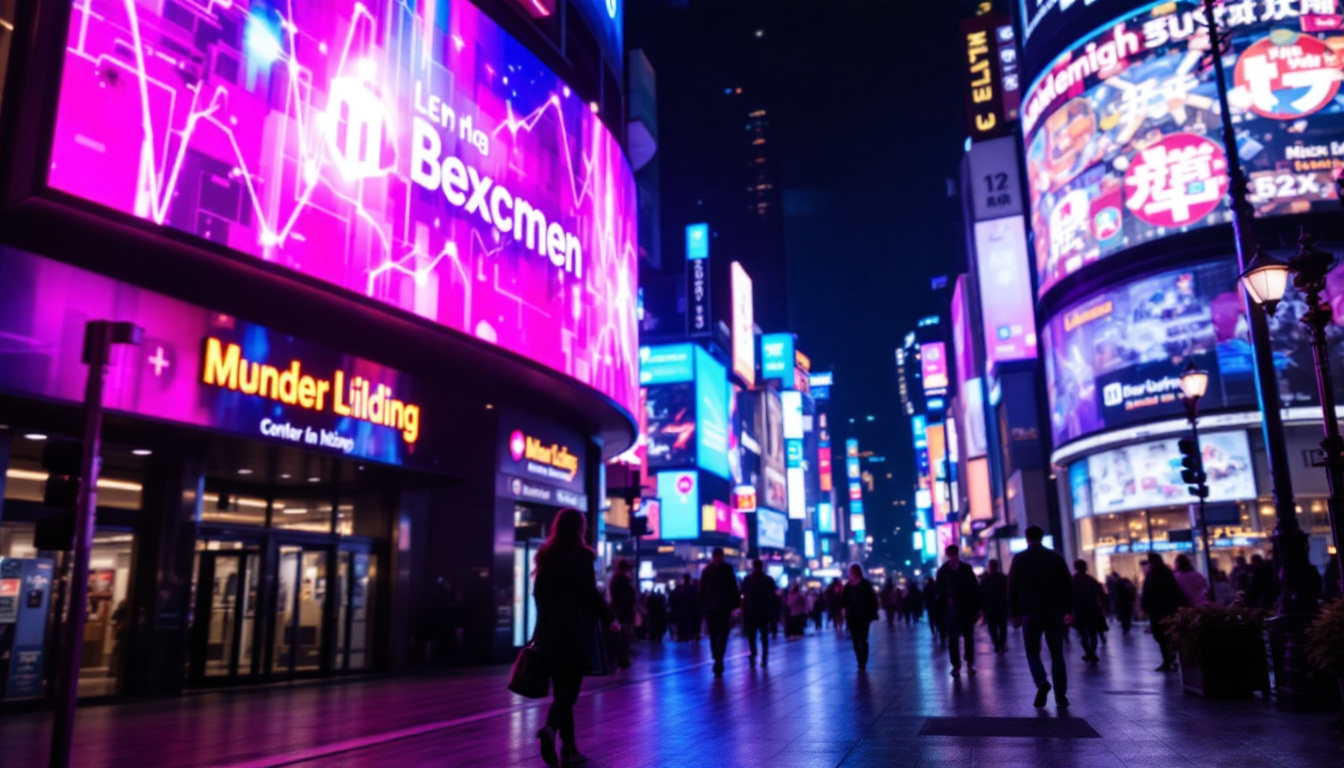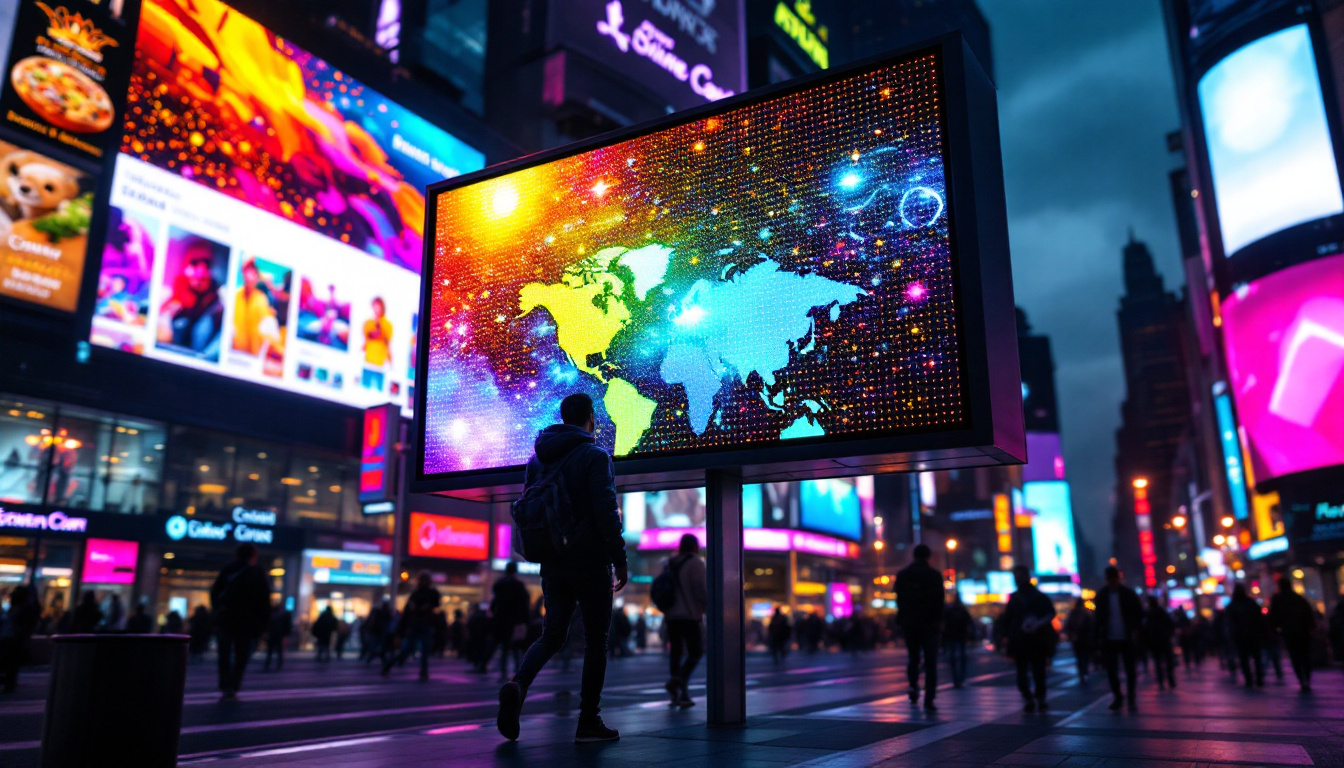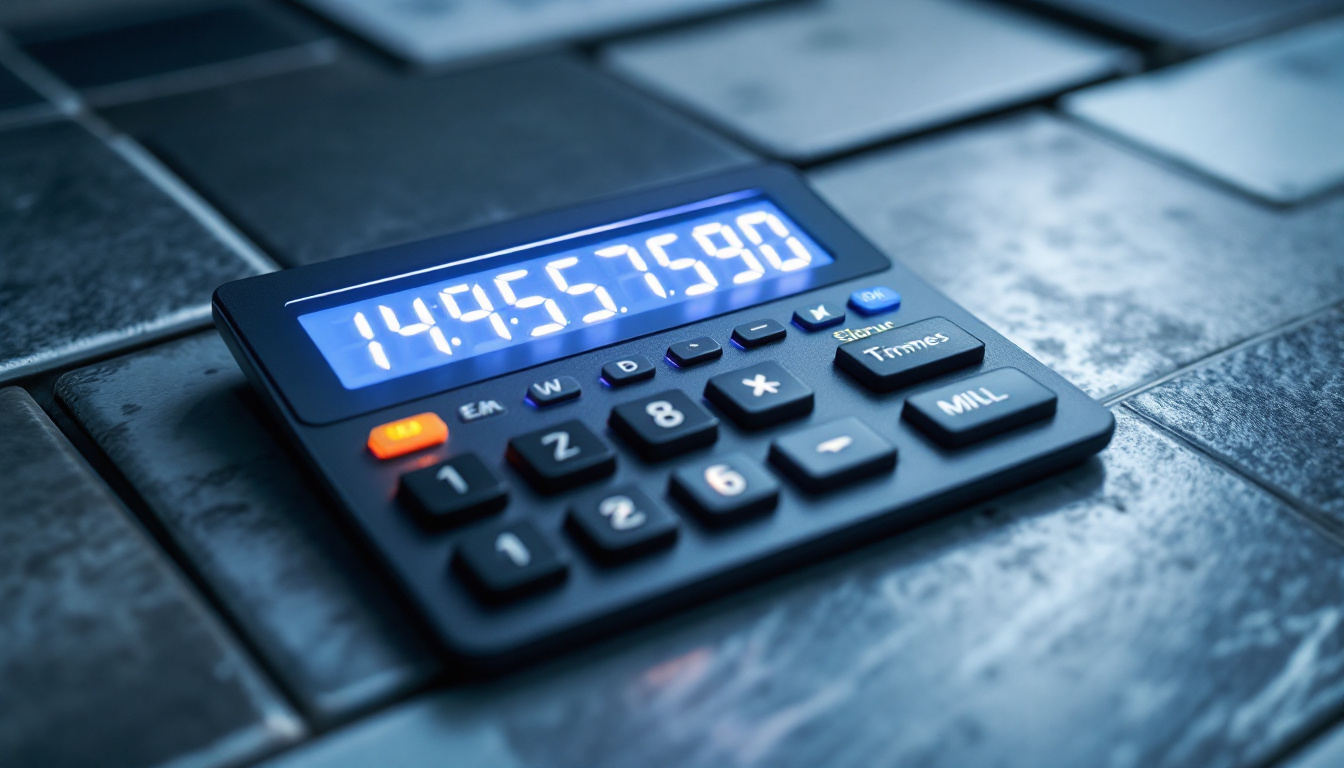Times Square, often referred to as “The Crossroads of the World,” is not only a major tourist destination but also a hub for advertising. The iconic LED billboards that adorn the area are a significant part of its allure, drawing millions of visitors each year. However, the cost associated with these digital displays can be quite staggering. This article delves into the intricacies of Times Square billboard pricing, the factors influencing these costs, and the overall impact of LED displays on advertising.
Understanding Billboard Pricing
The pricing for billboard advertising, particularly in a high-traffic area like Times Square, can vary widely. Factors such as location, size, and duration of the advertisement play crucial roles in determining the final cost. Advertisers must navigate these variables to effectively budget for their campaigns.
Location, Location, Location
In the world of advertising, location is paramount. Times Square boasts some of the most sought-after billboard locations globally, with millions of pedestrians and vehicles passing through daily. Billboards positioned in prime spots, such as near major intersections or high foot traffic areas, command higher prices due to their visibility and reach.
For instance, a billboard located directly above a popular subway entrance or adjacent to a renowned theater will likely incur a premium price. Advertisers are willing to pay more for these strategic placements, as they offer greater exposure to potential customers. Moreover, the dynamic environment of Times Square, with its vibrant lights and constant activity, enhances the effectiveness of these advertisements, making them a crucial part of any marketing strategy aimed at capturing the attention of diverse audiences.
Size Matters
The size of the billboard is another critical factor influencing pricing. Larger displays not only capture more attention but also provide advertisers with more space to convey their messages. In Times Square, billboards can range from small digital screens to massive LED displays that cover entire building facades.
Generally, the larger the billboard, the higher the cost. Advertisers must weigh the benefits of a larger display against their budget constraints. While a larger billboard may attract more viewers, it also requires a more substantial investment. Additionally, the technological advancements in billboard displays, such as high-definition visuals and interactive elements, can further elevate the costs associated with larger formats. These innovations not only enhance viewer engagement but also allow brands to create memorable experiences that resonate with their target audience.
Duration of the Advertisement
The length of time an advertisement runs on a billboard significantly impacts its cost. Advertisers can choose to run their ads for a few days, weeks, or even months. Short-term campaigns may be more affordable, but they also limit the potential for brand recognition.
Longer campaigns, while more expensive, often yield better results in terms of audience engagement and brand loyalty. Advertisers must carefully consider their marketing objectives when deciding on the duration of their billboard campaigns in Times Square. Furthermore, the timing of the campaign can also play a pivotal role; for example, launching an ad during a major event or holiday season can amplify its reach and effectiveness. Brands that strategically align their billboard advertising with peak times can maximize their investment, ensuring that their message is not only seen but also remembered by the throngs of visitors and locals alike.
Factors Influencing Billboard Costs
Beyond location, size, and duration, several other factors contribute to the overall cost of billboard advertising in Times Square. Understanding these elements can help advertisers make informed decisions when planning their campaigns.
Seasonality and Demand
Times Square experiences fluctuations in demand based on the time of year. major events, holidays, and tourist seasons can drive up prices as advertisers compete for visibility. For example, during the New Year’s Eve celebrations, the demand for billboard space skyrockets, leading to significantly higher prices.
Advertisers looking to secure a spot during peak times should plan well in advance and be prepared for the associated costs. Conversely, off-peak seasons may offer more budget-friendly options, allowing advertisers to maximize their investment. Additionally, understanding the local calendar of events, such as Broadway openings, parades, or major sporting events, can provide insights into when to target specific audiences and optimize advertising strategies.
Creative Content and Production Costs
The content displayed on billboards also plays a role in pricing. High-quality, engaging creative content often requires a more substantial investment in production. Advertisers must consider the costs associated with designing and producing their advertisements, especially for dynamic LED displays that incorporate video and animation.
While compelling content can enhance the effectiveness of an advertisement, it’s essential for advertisers to balance production costs with their overall budget. Investing in high-quality content can lead to better audience engagement and, ultimately, a higher return on investment. Furthermore, innovative design techniques, such as 3D effects or interactive elements, can capture the attention of passersby, making the advertisement stand out in a crowded marketplace. This creative edge can justify higher production costs if it results in increased brand recognition and consumer interaction.
Regulatory Considerations
Advertising regulations can also impact billboard pricing. Times Square is subject to various local laws and regulations that govern advertising practices. These regulations may dictate the types of content allowed, the brightness of displays, and even the hours during which advertisements can be shown.
Advertisers must ensure compliance with these regulations, which can sometimes lead to additional costs. Understanding the legal landscape is crucial for any business looking to advertise in this iconic location. Moreover, navigating the permitting process can be complex, requiring time and resources to secure the necessary approvals. Engaging with local authorities and staying informed about any changes in legislation can help advertisers avoid potential pitfalls and ensure their campaigns run smoothly. Additionally, collaborating with experienced advertising agencies familiar with the local market can provide valuable insights and streamline the process, ultimately enhancing the effectiveness of their advertising efforts.
The Impact of LED Displays on Advertising
LED displays have revolutionized the advertising landscape, particularly in high-traffic areas like Times Square. Their vibrant colors, dynamic visuals, and ability to display video content make them an attractive option for advertisers. The impact of these displays extends beyond mere aesthetics; they also influence consumer behavior and engagement.
Enhanced Visibility and Engagement
One of the primary advantages of LED displays is their ability to capture attention. The bright, colorful visuals are hard to ignore, making them an effective medium for conveying messages. Studies have shown that digital billboards can increase brand recall and consumer engagement compared to traditional static displays.
In a bustling environment like Times Square, where competition for attention is fierce, LED displays provide advertisers with a powerful tool to stand out. The ability to change content in real-time allows brands to tailor their messages to specific audiences or events, further enhancing engagement. For instance, during major events or holidays, advertisers can quickly adjust their campaigns to align with the mood and interests of passersby, creating a more personalized experience. This adaptability not only boosts engagement but also fosters a sense of relevance and immediacy that static displays simply cannot match.
Measurable Results and Analytics
Another significant benefit of LED advertising is the ability to track and measure performance. Many digital billboard providers offer analytics tools that allow advertisers to monitor impressions, engagement rates, and even demographic data. This information can be invaluable for assessing the effectiveness of a campaign and making data-driven decisions for future advertising strategies.
By analyzing the performance of their ads, businesses can optimize their campaigns in real-time, ensuring they get the most out of their advertising investment. For example, if a particular ad is underperforming, advertisers can quickly modify the content, timing, or placement to improve results. Additionally, the data gathered can inform broader marketing strategies, allowing brands to understand which messages resonate best with their target audience and how to allocate resources more effectively across various channels.
Environmental Considerations
As businesses become increasingly aware of their environmental impact, LED displays offer a more sustainable advertising option compared to traditional billboards. LED technology consumes less energy and has a longer lifespan, reducing waste and energy costs.
Moreover, many LED displays are designed to be more eco-friendly, with features such as automatic brightness adjustment based on ambient light. This not only conserves energy but also minimizes light pollution, contributing to a more sustainable urban environment. Furthermore, the longevity of LED technology means that fewer materials are needed for replacements, leading to less waste in landfills. As cities strive to become greener, the adoption of LED displays aligns with broader initiatives aimed at reducing carbon footprints and promoting sustainable practices in advertising. This shift not only benefits the environment but also enhances the public perception of brands that prioritize sustainability in their marketing efforts.
Conclusion: Navigating the Times Square Billboard Landscape
Advertising in Times Square can be a lucrative opportunity for brands looking to make a significant impact. However, understanding the complexities of billboard pricing and the factors that influence costs is essential for effective planning. From location and size to seasonal demand and regulatory considerations, each element plays a crucial role in determining the overall investment required.
As LED displays continue to dominate the advertising landscape, businesses must leverage their advantages to engage audiences effectively. By investing in high-quality content and utilizing analytics to measure success, advertisers can maximize their return on investment in this iconic location.
Ultimately, navigating the Times Square billboard landscape requires careful consideration, strategic planning, and a willingness to adapt to the ever-changing advertising environment. With the right approach, brands can harness the power of Times Square’s LED displays to create memorable campaigns that resonate with millions.
Illuminate Your Brand with LumenMatrix
Ready to make your mark in the vibrant landscape of Times Square? LumenMatrix is at the forefront of LED display innovation, offering an array of solutions to elevate your advertising campaign. From the dazzling Indoor LED Wall Display to the dynamic Outdoor LED Wall Display, and from the mobile versatility of Vehicle LED Displays to the interactive Floor LED Displays, we have the technology to bring your vision to life. Embrace the future of visual communication with our Custom, All-in-One, and Transparent LED Displays, designed to captivate and engage your audience. Check out LumenMatrix LED Display Solutions and discover how we can help you share your message with unparalleled clarity and impact.

